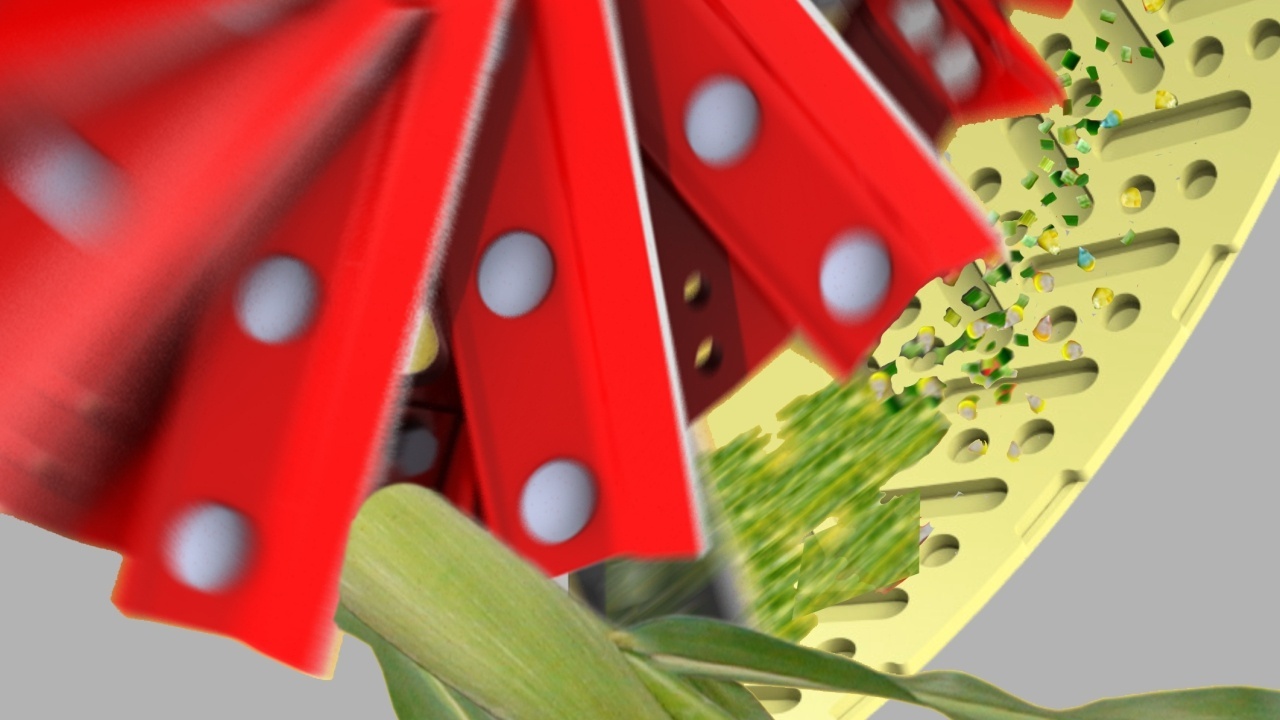Kernel Processor Sieve
 Kernel Processor Sieve
Kernel Processor Sieve
Corn silage is one of the most important foods for milk and meat production. In silage, corn kernels respond with 65% energy of roughage and digestible fiber (NDF) with 25%. In maize grain, starch is the main source of energy, so the higher the proportion of grains, the greater the starch content and, consequently, the greater the nutritional value of silage.
The presence of grains in the faeces and, consequently, of starch indicates losses! For each percentage unit above 3% of starch in the faeces, studies indicate that cows stop producing about 0.3 kg of milk per day. In the figure below we can see what happens to milk production due to the increase in fecal starch.
There is a test called KPS (Kernell processing score). This test consists of passing the corn silage through a 4.75 mm sieve and identifying the percentage of starch above and below it.
Target for the KPS test for corn silage
|
% Starch < 4.75 mm |
KPS |
|
> 70% |
Great |
|
50 a 70% |
Adequate |
|
< 50% |
Poor |
Grains well processed by “Crackers” systems go through the sieve and lead to a higher KPS. Two silages with the same starch content can have totally different utilization by the animal depending on the availability of this starch, as measured by the KPS. This will directly impact the fecal starch content and, consequently, the animal performance in milk and meat production.
